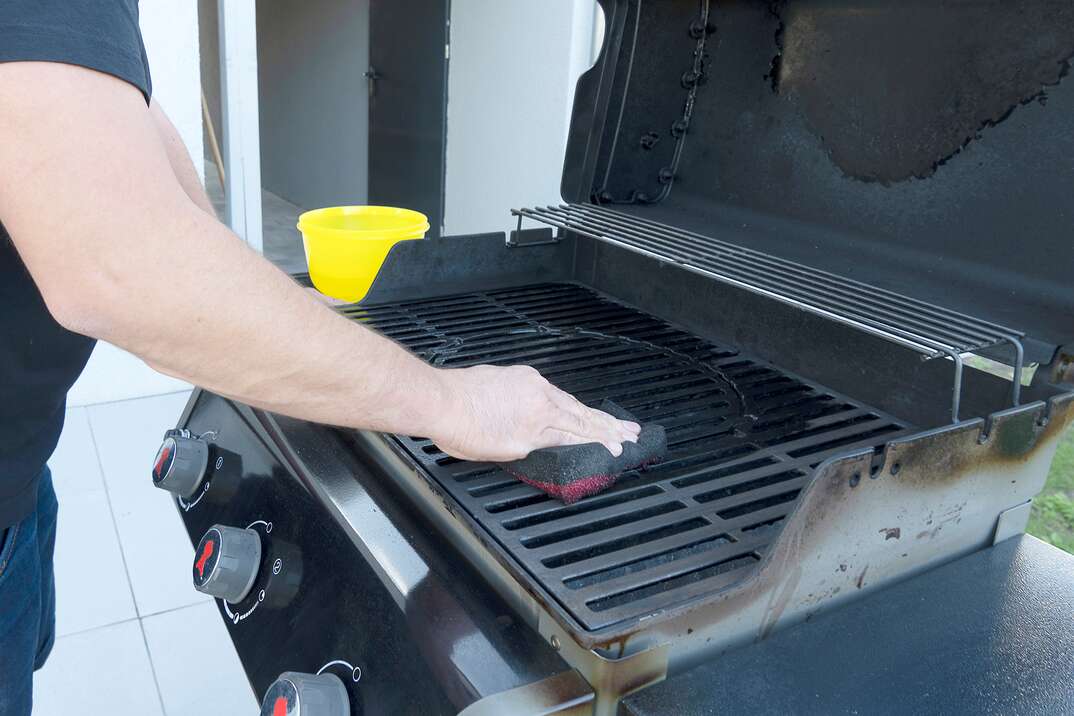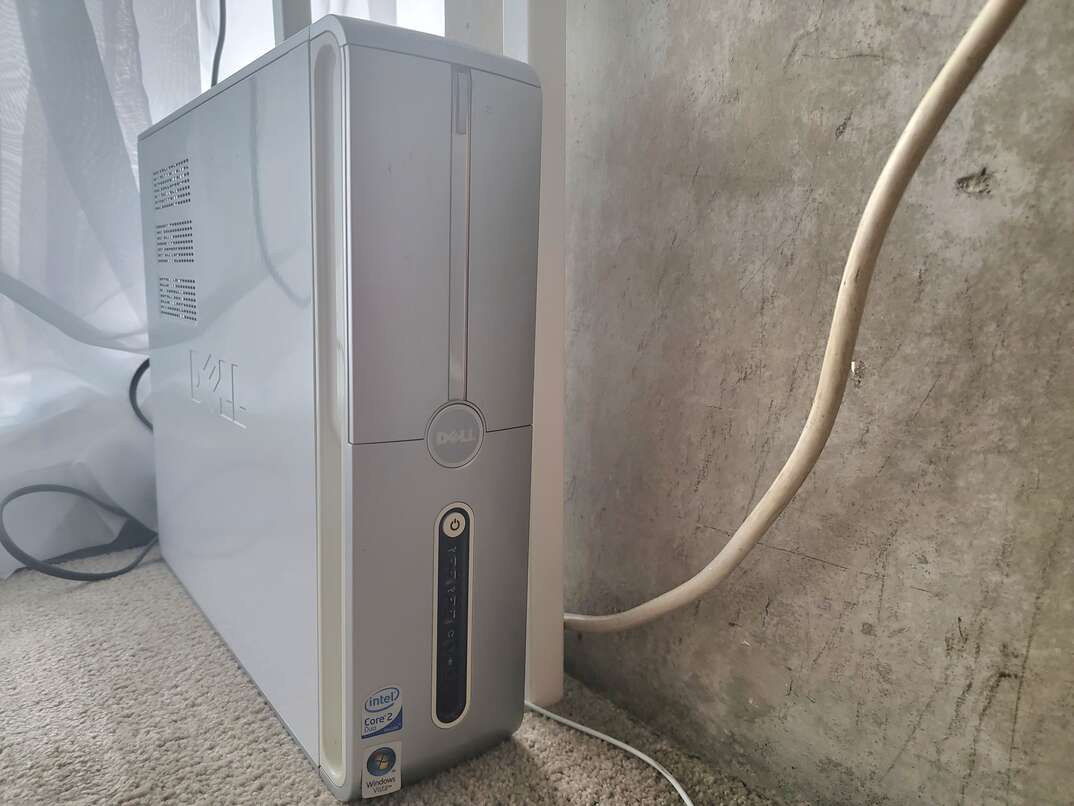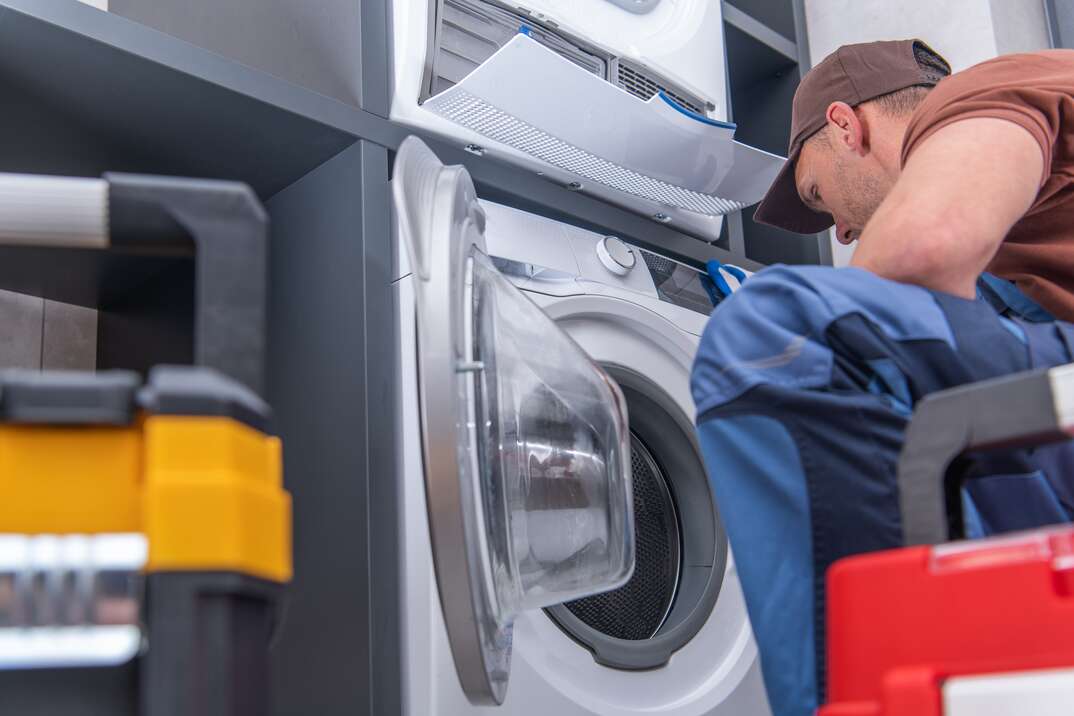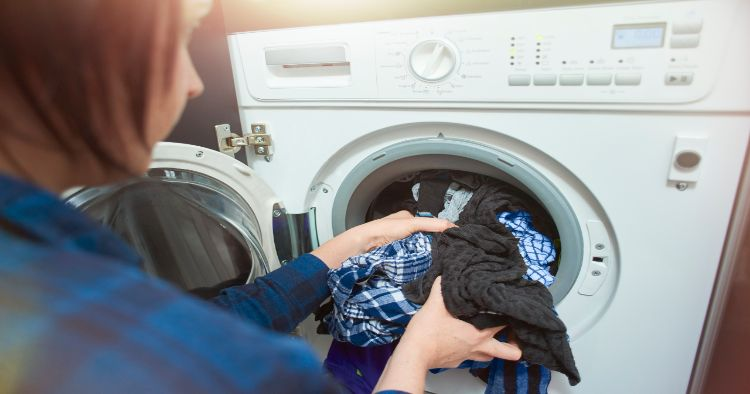Guard Your Grill: Keep Charcoal, Gas Grills Working by Keeping ’Em Clean

If you enjoy the taste of food cooked outdoors over an open flame, you’re not alone. Telltale grate marks and the characteristic flavor that comes from bathing food in smokiness is what sets grub on the grill apart from stovetop or oven cooking. But keep in mind that getting consistently delicious food requires keeping your grill in good working condition by cleaning it regularly.
This May Also Interest You: 4 Surefire Methods for Cleaning the Crud Out of Your Microwave
Read on to learn the basic steps of how to clean a grill.
Gather Your Cleaning Supplies
Your barbecue grill may have come with a manual that recommends the best products for cleaning it, but a good place to start is with this list of helpful supplies. It's important to use food-grade chemicals when cleaning grill parts. Products you find at your local hardware store should indicate whether they contain food-safe ingredients. Common ones might include vinegar, citrus extracts or baking soda.
Here's what you’ll need:
- Dish detergent that cuts grease
- A large bucket
- Baking soda
- White vinegar
- A grill brush
- Non-abrasive cloth
- A wet/dry vacuum
- A tiny bottle brush
- Burner cleaning rods
- A nylon bristle brush
- A long-handled, narrow, flexible bottle brush
You can pre-soak grates in dish detergent and water in a large bucket to make it easier to remove hardened residue or food particles with a grill brush. Or, instead of the dish detergent, you can make a paste from white vinegar and baking soda. White vinegar can also be used to clean stainless steel grill parts. Non-abrasive cloths let you clean surfaces like stainless steel without scratching.
A wet/dry vacuum is handy for removing loose debris from the inside of a grill, and a tiny bottle brush is useful for cleaning burner tubes. The nylon bristle brush scrubs the outside of burners, and a narrow, flexible bottle brush is helpful when you need to clean off cobwebs and insects that may settle into burner tubes during the off-season.
Maintain Your Grill Between Deep Cleanings
When you clean your grill after each cooking session, it can make it easier to clean later at the end of the season. After you finish grilling and the unit cools down, use a stiff grill brush to remove stuck-on food from the grates, and clean your grill by wiping spills from the areas around the knobs or handle.
Clean Ashes From Charcoal Grills After Each Use to Prevent Rust
Charcoal grills are prone to rusting whenever ashes remain in them for extended periods. Ashes, humidity and rain that blow into the grill create a perfect environment for rust to develop. Rust destroys metal quickly, so avoiding a rusty charcoal grill can save you money on having to replace your grill every couple of years.
Before cleaning the ashes from your grill, allow your grill and the ashes to cool completely. If your grill has an ash catcher or ash pan, remove it, and empty the ashes into a non-combustible container, such as a dry, empty paint can, old coffee can or metal bucket. You may need to remove the grill grates to do a thorough job of cleaning out the ashes. If there’s no ash pan or ash catcher, you can use a small metal dustpan or a garden trowel to scoop the ashes out and then place them in a container before discarding them. Be careful when handling the ashes.
If you don't have a non-combustible metal container handy, you can also collect the ashes into used aluminum foil, perhaps some of the sheets you used for cooking. Scoop the ashes onto the foil, fold in the edges to contain the pile and dispose of it in an outdoor trash container.
Cleaning the Inside of a Charcoal Grill
Once you’ve discarded the ashes, it's time to clean the grates and inside the grill. Options for this purpose include a food-safe barbecue-grill cleaner, dish soap and water or a baking-soda-and-vinegar paste that's later rinsed off with water. Make sure you have a hose handy for easy rinsing off the grates and the inside the grill.
Follow these steps:
- Coat the grate and the inside of the grill liberally and allow the cleaner to sit until any residue is ready to wipe off.
- Clean the grates with a cloth, paper towels or brush, then rinse well.
- Dry the grates carefully to prevent rusting.
- Next, clean the bowl of the grill, rinse and dry.
- Place the grates back in the grill.
- Clean the outside of the grill with detergent, warm water and cloth, then rinse and dry.
Cleaning a Gas Grill
- After using a gas grill, turn the heat to high and allow it to burn for 10-15 minutes to burn off grease and food particles; the heat can also help remove rust from cast iron grates.
- Turn the grill off and allow it to cool before cleaning the inside components.
- Scrub any remaining residue off the grates with a grill brush.
- Wipe down the grates and the inside of the grill.
- If needed, soak the grates in a bucket of warm, soapy water before scrubbing.
- After cleaning, rinse and dry the grates.
- Wipe down inside of the grill thoroughly with a cloth or paper towels.
- You can season cast iron grates by rubbing them with a little vegetable oil.
- And don't forget to clean the drip pan.
More Related Articles:
- How to Clean an Oven: Wipe Away Your Kitchen’s Dirty Secret in 8 Steps
- Should You Use Your Oven’s Self-Cleaning Feature — and, If So, How?
- How to clean an Electric Stove Top
- How to Clean Your Cast-Iron Skillet Like an Old-Timey Pro
- Plan the Perfect Summer Barbecue
Cleaning the Flavor Bars and Burner Tubes
The flavor bars and burner tubes in a gas grill may need some cleaning attention, as well. Read the manufacturer’s recommendations for removing and replacing these parts. Check to see that the gas is off and the hose is disconnected before you begin.
- Follow your grill’s instruction manual for removing the flavor bars and burners.
- Clean the flavor bars with a nylon bristle brush.
- Wash and rinse, then dry the bars carefully to prevent rust.
- Use the small bottle brush or burner-cleaning rods to clean the ports and remove debris from the burner tubes.
- Sometimes during the fall and winter, when grills are typically used less frequently, insects can get inside the burner tubes and cause obstructions that prevent the tubes from working correctly; use a narrow, flexible bottle brush to remove insects and cobwebs.
- Next, use a nylon bristle brush and an up-and-down motion to clean “scale” buildup and debris from the outside of the tubes.
Check the Gas Grill Hose for Leaks
Whether you use your gas grill year-round or during the summer only, inspecting your gas grill tank hose for leaks is an essential maintenance step.
- Turn the grill off, then wait for it to cool completely.
- Check for leaks by mixing a light soap-and-water solution and apply it to the hose.
- If propane is leaking from the hose, you should see bubbles.
- If the hose is leaking gas, have a professional repair it.
Since we’re all home now more than ever, being prepared for unexpected home repairs with a plan from HomeServe is important. Having a plan in place gives you the peace of mind knowing that you can simply call our 24/7 repair hotline for covered breakdowns. See what plans are available in your neighborhood.


